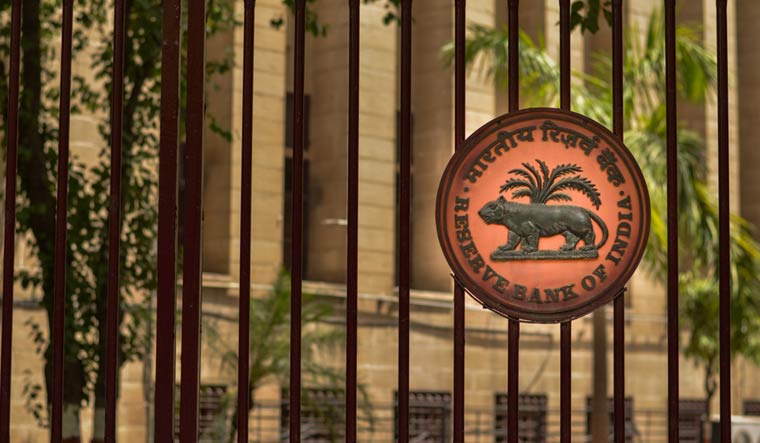Rate cuts have long been seen as the definitive tools of monetary policy for a nation’s central banks. However, in a new working paper published by the Reserve Bank of India (RBI) has noted that its rate cuts have not been reflected in equivalent credit growth from commercial banks, due to deteriorated asset quality and capital positions of many banks.
Reflecting on data showing credit growth deceleration in India since 2013, the paper by Janak Raj et al evaluates the impact of asset quality of scheduled commercial banks in India on the credit channel of monetary policy. The study finds that a "robust credit channel of monetary transmission exists in India. Its efficacy, However, is impaired by poor asset quality but reinforce by better capital position of banks.”
“In a bank dominated financial system such as India, the credit channel plays a critical role in transmitting monetary policy impulses to the credit market and from thereon to the real economy. In India, however, credit growth has slowed down sharply in the recent period even as the RBI has reduced the policy rate significantly,” reads the paper.
The paper states that the views expressed therein are those of the authors and not of the RBI's.
Impact of asset quality on credit growth
Since 2010, asset quality of many banks has deteriorated.
The RBI cut the repo rate by 115 basis points in 2020 to four percent amid the COVID-19 pandemic, following 135 bps of cuts in 2019. It was not expected to cut rates further as inflation remains above the target range.
Policy rate changes impacted state-run banks more than they did privately-run banks. "Controlling for asset quality, in the short-run, the credit channel of monetary transmission of public sector banks is stronger relative to that of private sector banks," it said.
A regression analysis by the authors found that nominal GDP growth had a “statistically significant positive impact” on credit growth with a maximum of one quarter lag indicating that “an increase in economic activity leads to an expansion in credit within one quarter.”
“An increase (decrease) in policy rate by 100 basis points causes the credit to decline (increase) by 1.95 per cent with a lag of six quarters, validating the existence of a robust credit channel of monetary transmission in India,” it said.
The paper found that accommodative monetary policy helped cushion the slowdown in credit growth since 2013, which was “mainly due to a surge in bad loans, accentuated by a slowdown in GDP.”
The higher the value of stressed asset ratios, the more blunted was the role of the credit channel of monetary policy. “Therefore, for monetary policy actions to have their full impact on the credit channel, it is imperative that the asset quality concerns of banks are addressed and that their capital positions are strengthened,” the authors concluded.






